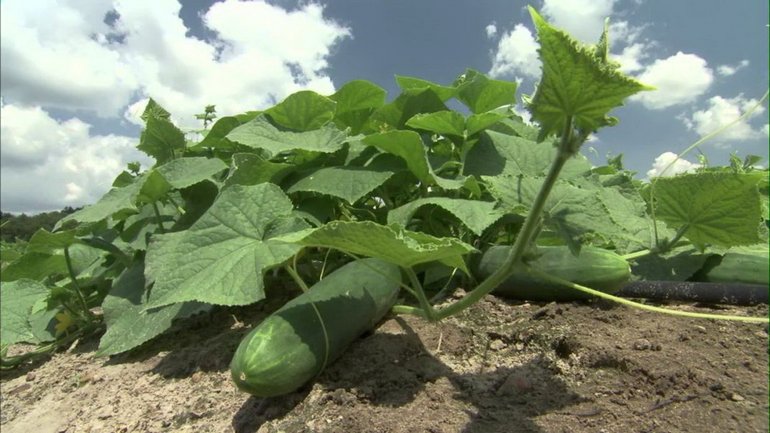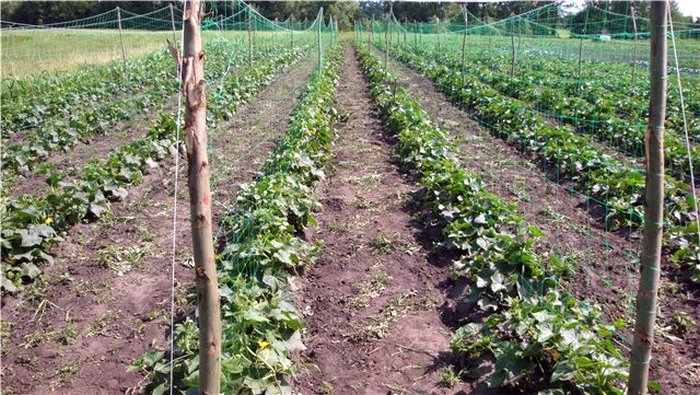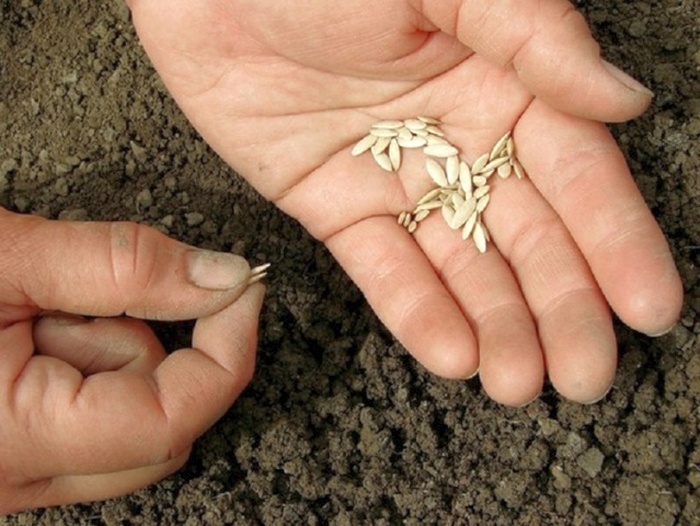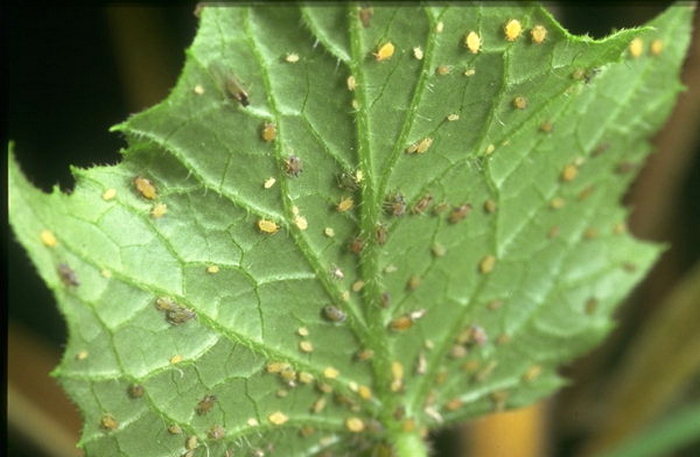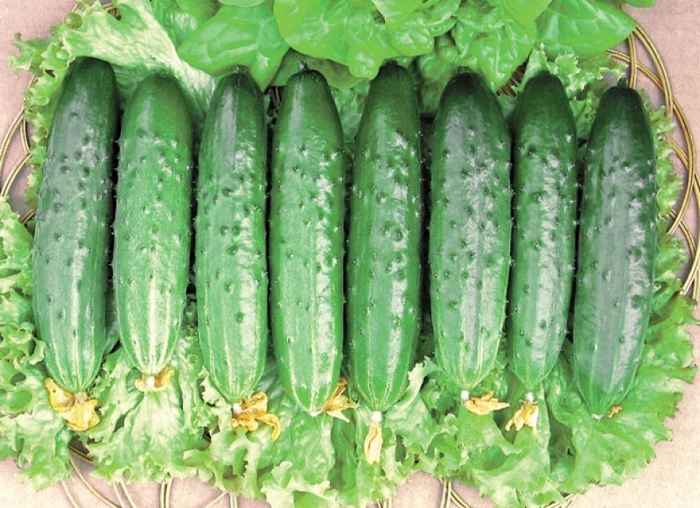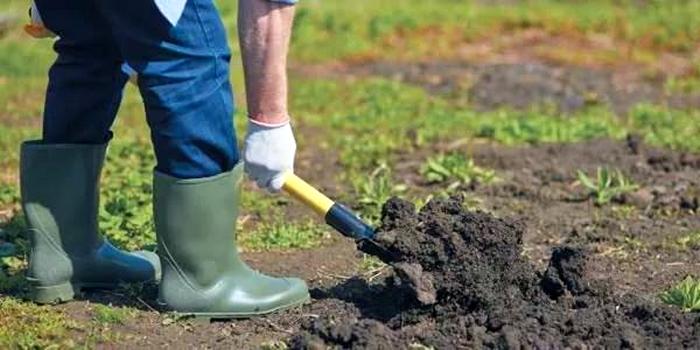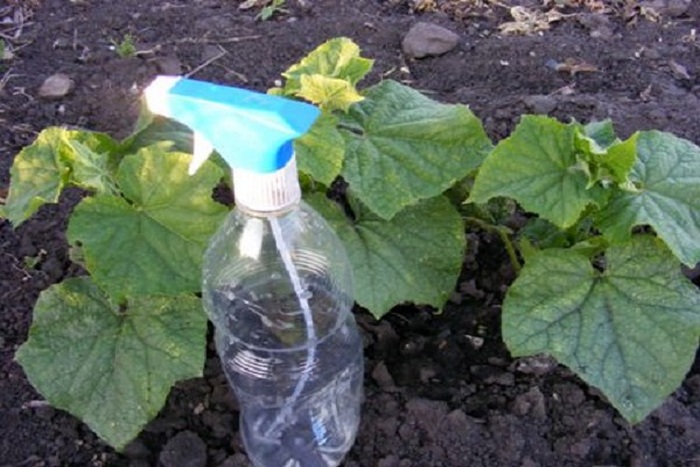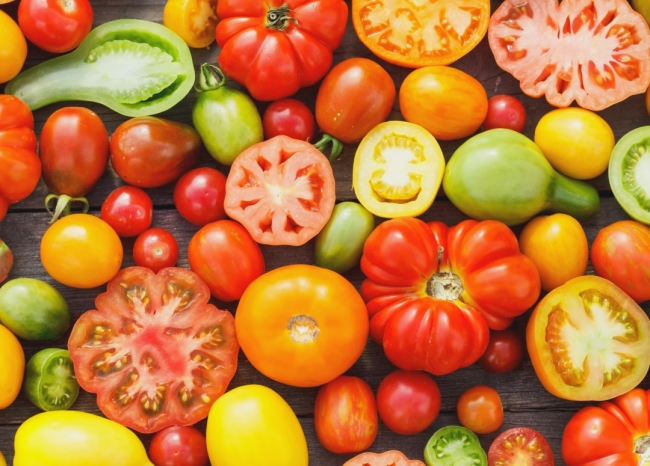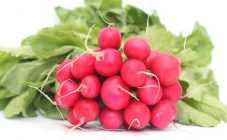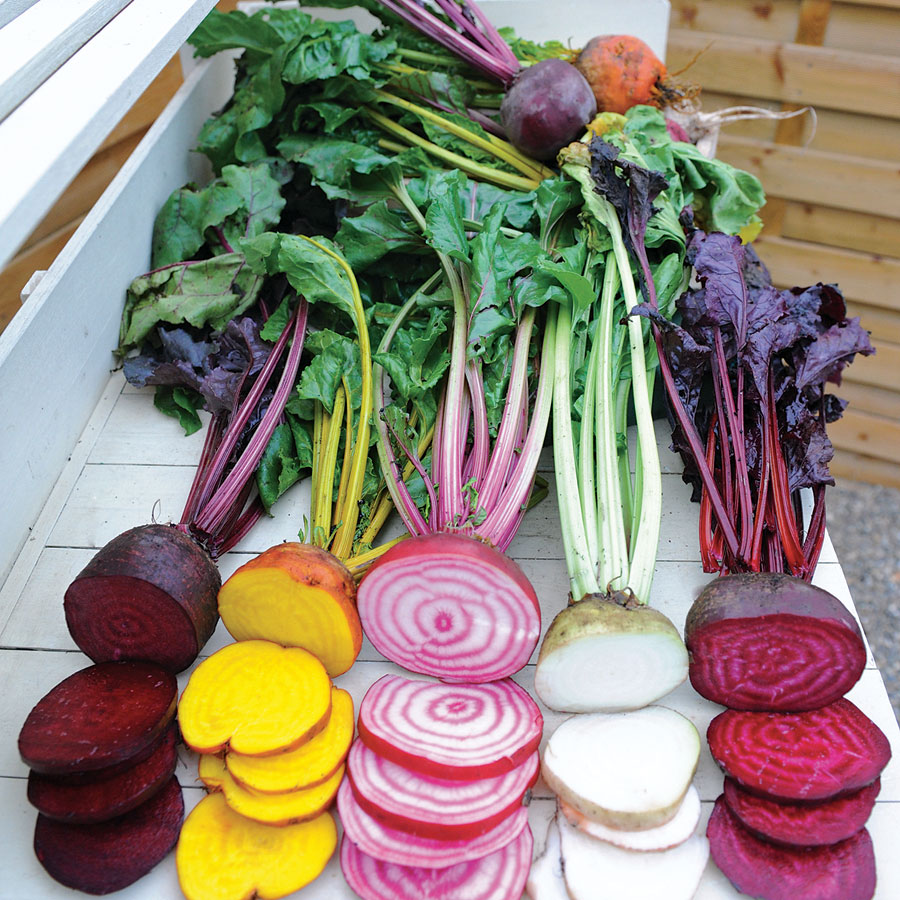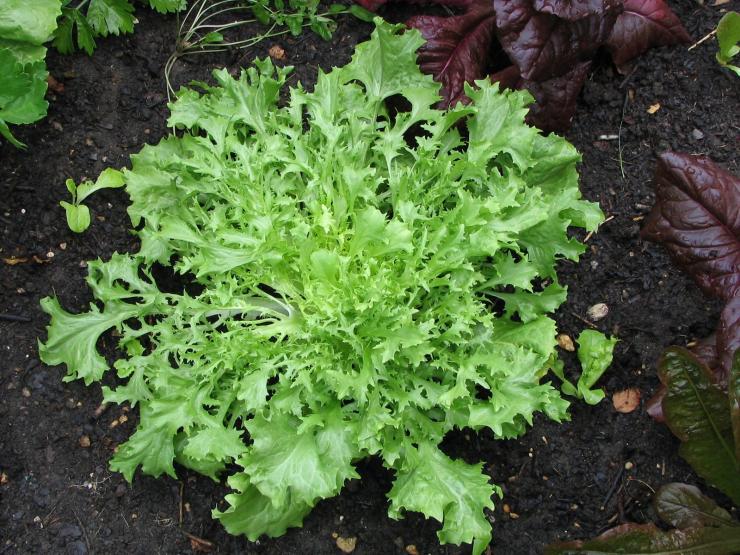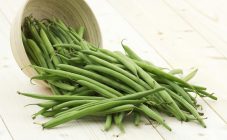Content:
To determine which cucumbers are best planted in open ground, it is necessary to study the characteristics of the varieties. First of all, they must be resistant to low temperatures. Such varieties form a plentiful and high-quality harvest even when the air temperature drops to + 2C. It is these varieties that are recommended for cultivation in most of the territory of Russia.
Features of varieties for open ground
Cucumbers do not withstand freezing temperatures, which means that there are no "frost-resistant varieties" of cucumber, which are often advertised.
Cucumber has a significantly lower heat resistance compared to other melons and gourds. The plant is not adapted for protection from high temperatures, it is not equipped with a powerful root system that would allow it to better endure the heat. The more valuable are the varieties of cucumber, which have a certain level of resistance to high temperatures. In combination with heat resistance, drought resistance usually occurs, that is, the ability of a cucumber variety to endure a long period without moisture.
The varieties recommended for cultivation in the open field must be unpretentious and have adaptability to growing conditions (including cultivation in the open field) and unpretentiousness. Typically, these varieties include self-fertile varieties. In conditions of frequent cold snaps during the flowering of cucumbers and a general decrease in the number of bees, such varieties are able to form a full-fledged crop.
Shade tolerance is also one of the important properties of cucumber varieties. This is due to the fact that areas where plants are grown are often surrounded by tall trees, fences, fences, which significantly limits the flow of sunlight. Those varieties that are able to grow normally and form a crop in such conditions are recommended for cultivation in the open field.
When deciding which cucumbers to plant in open ground, it is worth evaluating their yield. For open ground, only those varieties are suitable that are capable of bearing fruit in difficult climatic conditions. Moreover, the fruits must be of high quality, with a pleasant taste.
According to the degree of early maturity when grown in open ground, cucumbers are divided into the following categories:
- early maturing (bear fruit in 50 days after sowing);
- mid-season (51-60 days);
- medium late (61-70 days);
- late (more than 71 days).
It is desirable that cultivated varieties of cucumbers for open ground be early ripening, that is, they have the ability to form a crop in the first month of fruiting.
The subtleties of caring for cucumbers in the open field
Cucumbers prefer a warm climate, so they are planted in the soil only when it warms up well enough. Nevertheless, the culture does not tolerate excessively warm soil. The most intensively cucumber grows and develops at a temperature of + 24-28C, therefore it is recommended to plant plants in open ground in mid-May - early June.
The culture prefers well-fertilized soil, therefore, manure is applied under the previous culture. Immediately before planting the cucumbers, chicken manure or mullein is introduced.This allows not only to saturate the plant with essential nutrients, but also to protect against a number of diseases.
The best predecessors for this culture are:
- salad;
- peas;
- cabbage;
- siderates.
The cucumber is not recommended to be planted in the area where it was previously cultivated:
- carrot;
- beans;
- zucchini and other melons and gourds.
Open ground varieties
Thanks to breeding efforts, a lot of cucumber varieties have been bred that are suitable for cultivation in open ground. Among them there are a number of varieties that have the ability to self-pollinate:
- Balagan;
- Connie;
- Gerda;
- Courage;
- Berendey.
Early maturing varieties for open ground include:
- Orlik;
- Hermann;
- Valdai.
Of the mid-season varieties, the following are recommended for cultivation:
- Competitor;
- Libella;
- Nezhinsky;
- Drinking.
- The rating of the most suitable for open ground includes such late-maturing cucumber varieties as:
- Phoenix;
- Solar;
- Chinese;
- Winner;
- Brownie.
In terms of the complex, the best varieties of cucumbers for open ground are:
- Sparta;
- April.
Sparta variety
The main advantage of this variety is its high and stable yield. In addition, Sparta fruits ripen relatively early and taste good.
Sowing
The variety grows best on medium loam with sufficient air permeability and does not like salted soils. The variety is most often sown with seeds, since the germination rate in this case is 93-96%. Planting of seedlings is also allowed.
Seed material is used only after a constant positive temperature is established. The air should warm up to + 22-25C, and the soil - up to + 10-12C. According to the standard scheme, Sparta seeds are embedded in the soil to a depth of about 3 cm, however, in order to increase the germination rate, it is recommended to place the seed in the soil at different depths. In this case, the planting holes are dug under a slight slope, the depth is from 2-3 to 6-8 cm. This method allows you to normalize moisture access, which ensures a rich harvest under any growing conditions.
The distance between the seeds in a row should be 7-10 cm. The row spacing is 70 cm.
Care
After the emergence of seedlings above the soil surface, when the first true leaves are formed, it is necessary to loosen the soil. This must be done carefully so as not to harm the root system. If too many shoots have formed in the hole, the extra ones are removed so that no more than four remain in the hole.
The next agrotechnical technique after this is the application of fertilizers. It is recommended to use the following:
- chicken droppings diluted in water in a ratio of 1: 6;
- carbamide and potassium sulfate mixed in equal proportions;
- ammonium nitrate.
The second time, fertilizers are applied for Sparta two weeks after the first feeding. The third feeding, which is usually the final one, is carried out before the start of the growth of the lashes.
Watering should be regular, since a bitter-tasting crop forms on dry soil. The intensity of irrigation is increased in hot dry periods and, accordingly, reduced in rainy weather. The water used for irrigation must be preheated to + 20-25C. The procedure is carried out in the evening, after sunset. After watering, the soil around the plant must be mulched to retain moisture.
Disease and pest control
The most dangerous diseases for this variety are:
- white rot;
- anthracnose;
- olive spot;
- root rot.
To combat them, use the appropriate fungicides. For the prevention of diseases, the following conditions must be observed:
- regulation of the mode of humidity and temperature on the site;
- introducing balanced dosage dressings;
- removal of damaged parts of the plant;
- weeding;
- disinfection of soil before seed application.
Sparta is susceptible to the negative effects of the following pests:
- melon aphid;
- ants;
- whitefly;
- spider mites;
- slugs.
In addition to the mandatory treatment of plants with insecticides, it is recommended to observe the irrigation regime and carry out all the necessary agrotechnical measures.
Harvest
It is necessary to remove ripe fruits every day, with care so as not to damage the plants. Scissors should ideally be used.
Overripe and deformed fruits must also be removed from the site. It is not recommended to twist and break the cucumber lashes. To facilitate the harvesting process, you should first fix the lashes on the trellises.
Variety April
The variety belongs to the category of parthenocarpic hybrids: it does not require pollination by bees, which allows it to be cultivated in open ground conditions, even when the number of pollinating insects is less than necessary. The name of the variety is due to the ability to grow it using seedlings, which are prepared in April.
Soil preparation and sowing
It is necessary to prepare the soil for planting the variety from the fall of the previous year. During this period, poultry manure, semi-rotted manure, phosphorus and potash fertilizers are introduced, after which the soil is plowed.
April's does not grow well on acidified soils, as a result of which it is still recommended to add ash, dolomite flour or lime in autumn. In the spring, nitrogen fertilizers are applied to the soil. It is recommended to add compost or humus directly to the holes before sowing.
The seed is buried in the soil by 2 cm. The distance between the seeds should be 30 cm, and the row spacing should be half a meter. Such distances will allow it to grow normally in open ground conditions, without shading neighboring plants.
Care
Like all varieties of cucumber, April will show good productivity only against the background of regular watering with water heated to 25C. Watering is carried out in cold weather, in the evenings. After irrigation, it is necessary to mulch the moist soil.
The soil around the plant must be loosened as often as possible. If this is not done, a dense crust forms on the soil, which will block the access of air and water to the roots of the cucumber, as a result of which the culture begins to wilt, and the foliage and ripe fruits crumble. Loosening is carried out with caution, trying not to hook the root system with the tool.
A full April harvest cannot be obtained without the timely introduction of nutrients. The first feeding is carried out two weeks after planting. It is recommended to apply complex fertilizers, which contain nitrogen, potassium and phosphorus.
April also responds well to the introduction of organic matter. For feeding, it is necessary to choose semi-rotten manure, compost, bird droppings, diluted with water.
When applying fertilizers, the dosage must be observed, especially for nitrogen fertilizers. With an overabundance, a large amount of vegetative mass is formed to the detriment of the harvest, and the fruits accumulate a significant content of nitrates and take on an ugly shape.
To increase yields, it is necessary to properly form a bush. On the central stem, pinching is done at the height of the trellis, and 5-6 nodes are left on the lateral shoots.The higher the stem is, the longer it is made.
Disease and pest control
A positive feature of the Aprelsky variety is its high resistance to all major cucumber diseases. The only ailment that can harm this hybrid is white rot. The fungal disease first damages the root part of the cucumber, and then spreads to the rest.
For prophylaxis, it is necessary to introduce a small amount of potassium permanganate into the wells during sowing. If there are signs of ailment on cucumbers, a mixture of potassium permanganate and chalk is applied to the damaged areas.
April is susceptible to the negative effects of the main pests of the cucumber. To combat them, the usual complex of agrotechnical measures is carried out and insecticides are applied.
Harvesting
April fruits ripen quickly and amicably, within one month. The harvest is cut off in the morning while the cucumbers are still firm. You need to remove them with care, trying not to break the lashes.
Subject to the basic agrotechnical measures, cucumbers in the open field form a plentiful, tasty and high-quality harvest. The work of a gardener during the growing season will be adequately rewarded during fruiting.
